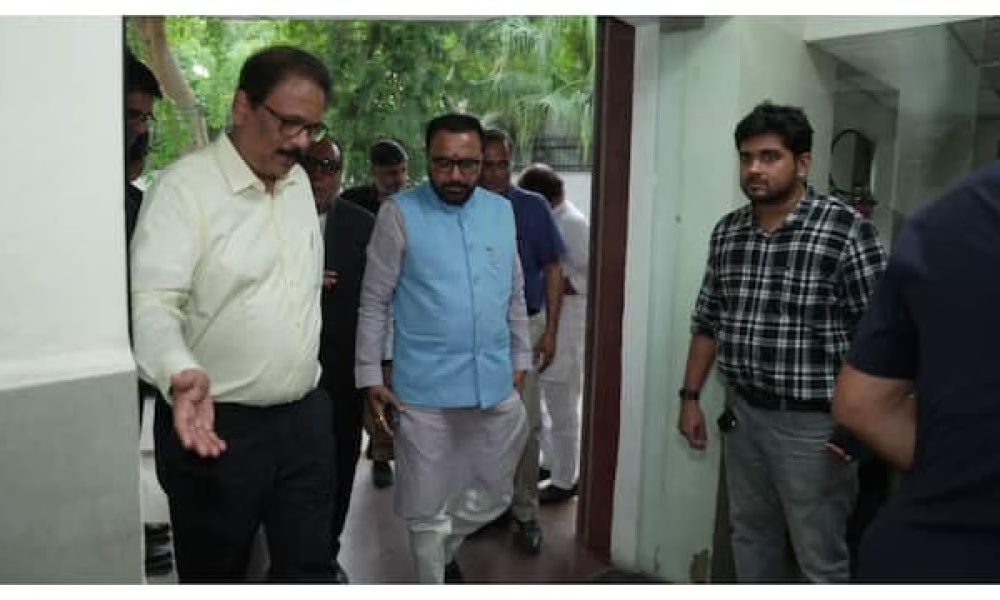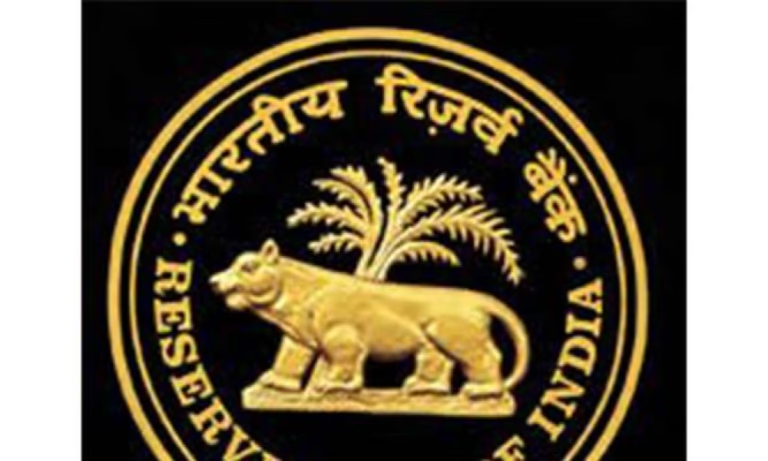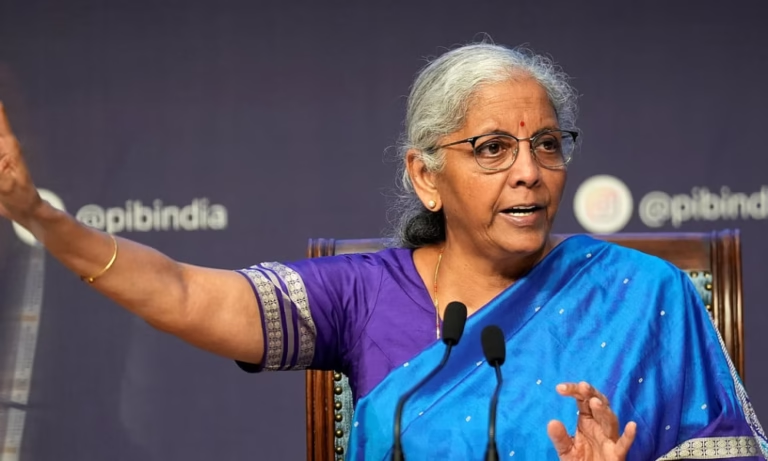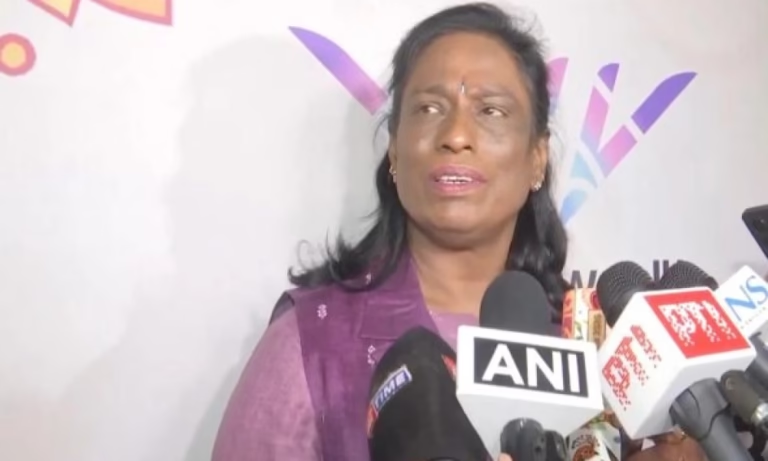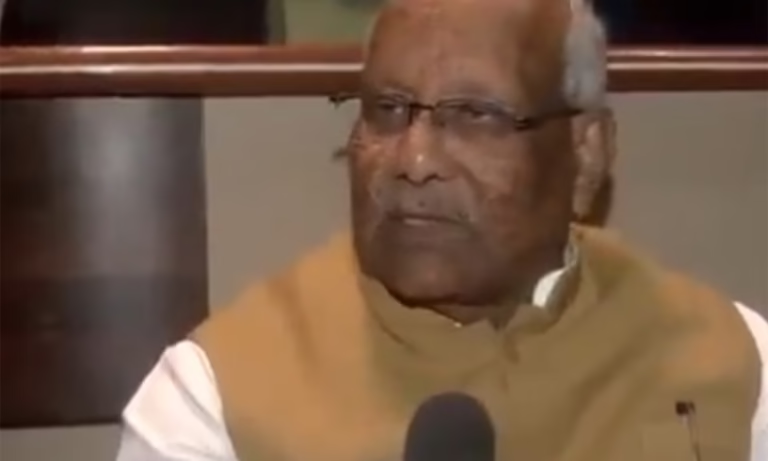
In today’s data-driven world, information markets are revolutionizing how we predict future events. From economics to sports, these platforms aggregate crowd wisdom to generate remarkably accurate forecasts. India, with its vast digital infrastructure and analytical culture, stands at the forefront of this global shift.
Information markets, also known as prediction markets, allow participants to trade contracts based on the likelihood of future outcomes. This mechanism of price discovery often outperforms traditional polls, surveys, or expert opinions. The concept isn’t new. It traces back to 15th-century Rome, where people bet on who would become the next Pope. By the 19th century, newspapers like The New York Times were using similar methods to forecast elections.
The digital era supercharged these markets. The Iowa Electronic Markets (IEM), launched in the late 1980s, proved that incentivized crowd wisdom could beat conventional polls. Companies and governments took notice. Hewlett-Packard used internal prediction exchanges to forecast sales, while DARPA explored their potential for national security. In 2011, U.S. intelligence agencies found that ordinary people pooling knowledge outperformed government experts in predicting global events.
Tech giants joined the movement too. Google’s internal prediction platforms anticipated everything from product delays to pandemic disruptions. Facebook introduced AI-powered forecasting tools. Today, platforms like Kalshi and Polymarket are mainstreaming prediction markets, blending finance with social media and attracting billions in investments.
Three key principles make information markets so effective. First, they align incentives with accuracy. Participants profit only when their forecasts are correct. Second, they synthesize diverse perspectives, balancing individual biases. Third, they adapt dynamically, unlike static surveys. During the COVID-19 pandemic, these markets reflected new information much faster than traditional models.
Now, India has a golden opportunity to lead this revolution. With over 950 million internet users and homegrown platforms like Probo and MPL Opinio, the country is well-positioned to set global standards. The recipe for success includes smart regulation, robust digital infrastructure, and the integration of information markets into public policy. The world is watching as others write the rules. Will India seize this moment or remain on the sidelines?






